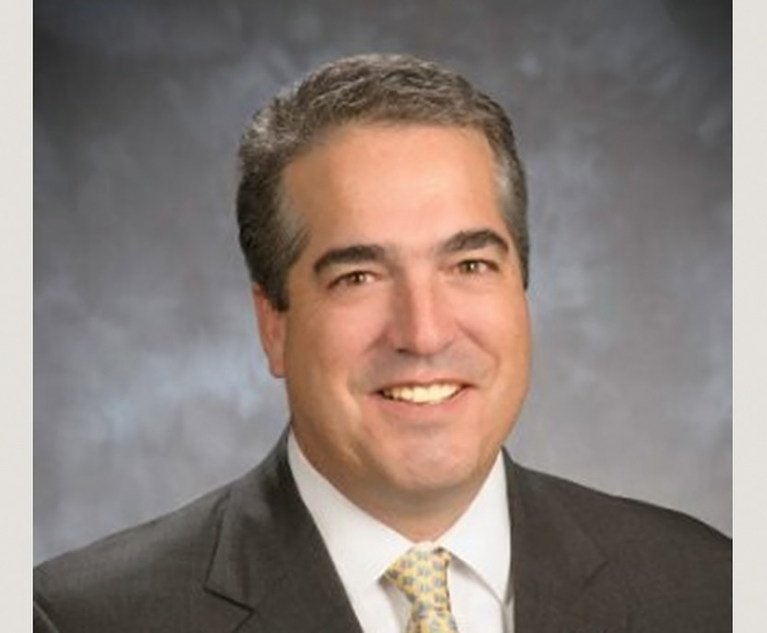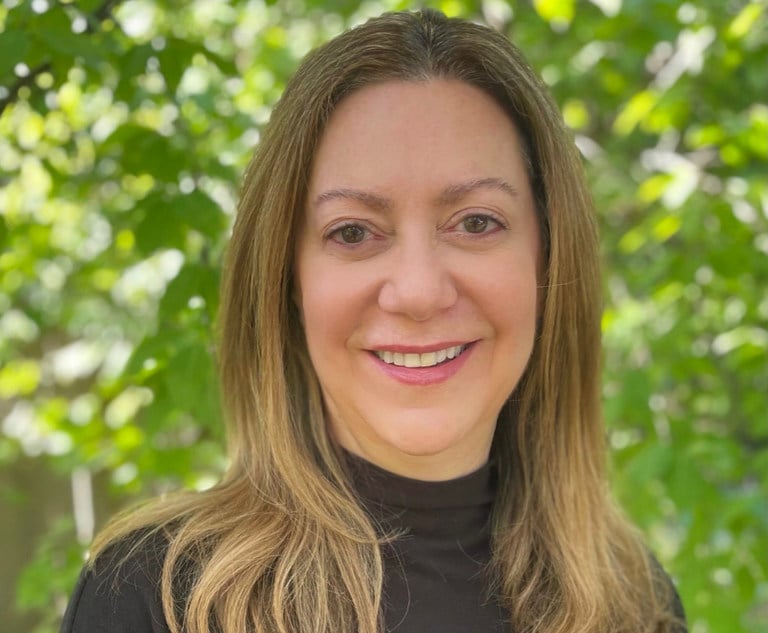 Andrew Gristina, director of fidelity and crime division, fine art practice, with Great American Insurance. Courtesy photo
Andrew Gristina, director of fidelity and crime division, fine art practice, with Great American Insurance. Courtesy photo
While elaborate art theft schemes might be the stuff of movies, when it comes to real-life risk, the majority of claim events stem from a much different source.
"The most common type of loss is transit related," says Andrew Gristina, Divisional Director, Fidelity / Crime's Fine Art Practice, Great American Insurance Group. "We've seen claims where artwork is shipped for an exhibition and the truck catches fire, or the art is sitting in a warehouse during transit and a forklift accidentally backs into it."
Recommended For You
The challenge is that many believe that fine art is covered under an existing policy, or if they have fine art insurance, their policy valuation isn't adequate.
Fine art values are on the rise
Fine art is an investment for many, which is why adequate insurance coverage that keeps pace with valuation increases is critical. Contemporary art, for example, has offered an annual return of 14% over the past 25 years, versus a 9.5% annual return from the S&P 500.
"We've noticed art values increasing in recent years and most people don't realize that they're underinsured," says Gristina. "As a result, when a loss occurs, the insured is placed in the difficult position of not having enough coverage to replace the artwork or complete the necessary restoration."
The art of a policy
Adequate coverage limits are a high priority when shopping for a policy, as is selecting an insurance company with a dedicated fine arts unit.
"If a damaged piece of art can be restored, the restoration process can be complicated, and laws govern how a piece of artwork is restored in some cases. If you're restoring art created by a living artist, for example, you have a legal responsibility to consult the artist about restoration plans," says Jason Kyd, Divisional Vice President Fidelity / Crime, Great American Insurance Group. "In some cases, artists will want to complete the restoration themselves."
Also, inquire about the valuation of the policy, which needs to be appropriate for how a client is using the artwork. Is the valuation schedule based on an appraisal, and do you need an inflation guard? All of these elements are key ingredients to selecting the right policy.
"Many people begin the shopping process by asking about cost," says Kyd. "Cost is an important element, but it's essential to go deeper and ask, 'What happens if we have a claim?' Find out if there are fine arts specialists on staff and how the carrier ensures the integrity of the art is upheld."
As art exhibitions reopen and more people return to view artwork, it's essential to safeguard against potential risks. Ensure that you have the right insurance in place and that the policy is backed by fine arts experts with the skills to handle a loss.
© 2025 ALM Global, LLC, All Rights Reserved. Request academic re-use from www.copyright.com. All other uses, submit a request to [email protected]. For more information visit Asset & Logo Licensing.








